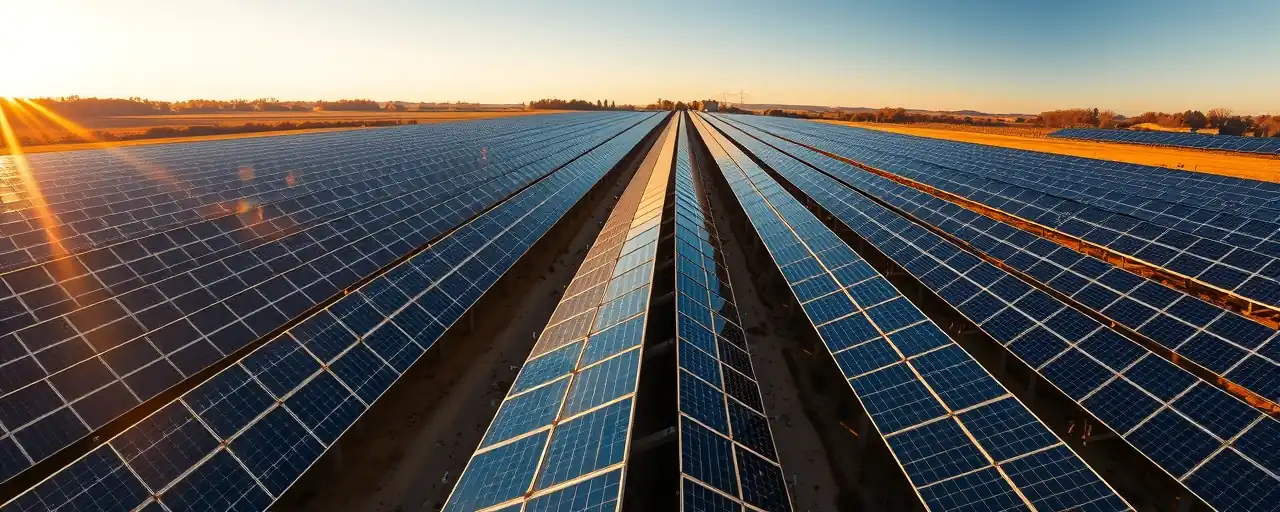A New Era of Energy Takes Root
New York State is forging a path to a cleaner, greener future. On May 21, 2025, Governor Kathy Hochul unveiled contracts for 26 large-scale renewable energy projects. These wind and solar initiatives, spread across regions from the North Country to the Southern Tier, will deliver 2.5 gigawatts of clean power by 2029, enough to energize over 670,000 homes. This bold move signals the state’s commitment to a zero-emission electricity system by 2040.
The effort goes beyond just generating power. It aims to spark economic growth, create jobs, and uplift communities, particularly those historically overlooked. With over $6 billion in private investment and nearly 1,900 construction jobs on the horizon, the projects promise to reshape local economies. Still, as New York accelerates toward its climate goals, questions about costs, grid stability, and community involvement demand careful consideration.
What These Projects Mean for New Yorkers
The 26 projects dot New York’s diverse landscape, from solar arrays like Highbanks Solar in Livingston County to wind farms like Prattsburgh in Steuben County. Managed by the New York State Energy Research and Development Authority (NYSERDA) through its 2024 Tier 1 Renewable Energy Standard, they will produce 5,000 gigawatt-hours annually, comparable to powering a small city. By 2029, all projects are expected to be fully operational, delivering clean energy to the grid.
The economic impact is significant. Construction will create thousands of family-supporting jobs, many backed by union labor. Over $300 million in long-term community benefit funds will flow to disadvantaged areas, as identified by the state’s Climate Justice Working Group. These funds could improve local schools, upgrade infrastructure, or lower energy bills, ensuring the clean energy surge benefits those who need it most.
Health benefits are another key gain. By cutting reliance on fossil fuels, these projects will reduce air pollutants tied to asthma, heart disease, and other conditions. Advocates for environmental equity emphasize that cleaner air could help address long-standing disparities in communities disproportionately harmed by pollution.
Weighing Opportunities Against Challenges
Enthusiasm for the projects runs high, but concerns persist. Some stakeholders question the speed of the transition. A 2024 Pew Research survey revealed that 87 percent of Republican-leaning adults worry rapid renewable adoption could raise energy bills or weaken grid reliability. In states like Texas, lawmakers have sought stricter permitting and fewer tax incentives for renewables, prioritizing energy security and market balance. New York’s projects face similar debates over land use, permitting hurdles, and the expense of modernizing an outdated grid.
Community involvement remains a critical issue. While NYSERDA provides resources to help local governments navigate clean energy development, some residents near project sites voice worries about noise, visual impacts, or wildlife disruption. European models, like those outlined by CAN Europe, show that early, transparent engagement and tailored benefits—such as job training or habitat restoration—can build trust. New York could strengthen its approach by adopting similar strategies.
Supporters, however, point to the broader benefits. Federal data indicates that clean energy investments since 2022 have generated over 406,000 jobs and $422 billion in private capital nationwide. New York’s projects fit into a larger portfolio of nearly 100 renewable initiatives, already powering nearly half a million homes. Strong labor standards and Buy American policies ensure that local workers and businesses share in the prosperity.
Building a Lasting Legacy
New York’s clean energy ambitions rest on decades of policy evolution. The 2004 Renewable Portfolio Standard set the stage, followed by the 2019 Climate Leadership and Community Protection Act, which mandates 70 percent renewable electricity by 2030 and a carbon-free grid by 2040. The latest contracts reflect a collaborative effort among developers, unions, and state agencies, showcasing the power of public-private partnerships.
Challenges lie ahead. Adding 2.5 gigawatts of capacity requires significant grid upgrades, and financing community benefits can be complex. Yet the state’s momentum is clear. With 47 states advancing grid modernization in 2025 and initiatives like the Federal-State Modern Grid Deployment Initiative gaining ground, New York is part of a national push for cleaner, more reliable energy systems.
As these projects unfold, they hold the potential to redefine New York’s energy landscape. Cleaner air, thriving economies, and stronger communities are within grasp. By balancing bold ambition with practical solutions and inclusive engagement, the state can ensure this clean energy leap leaves no one behind.
